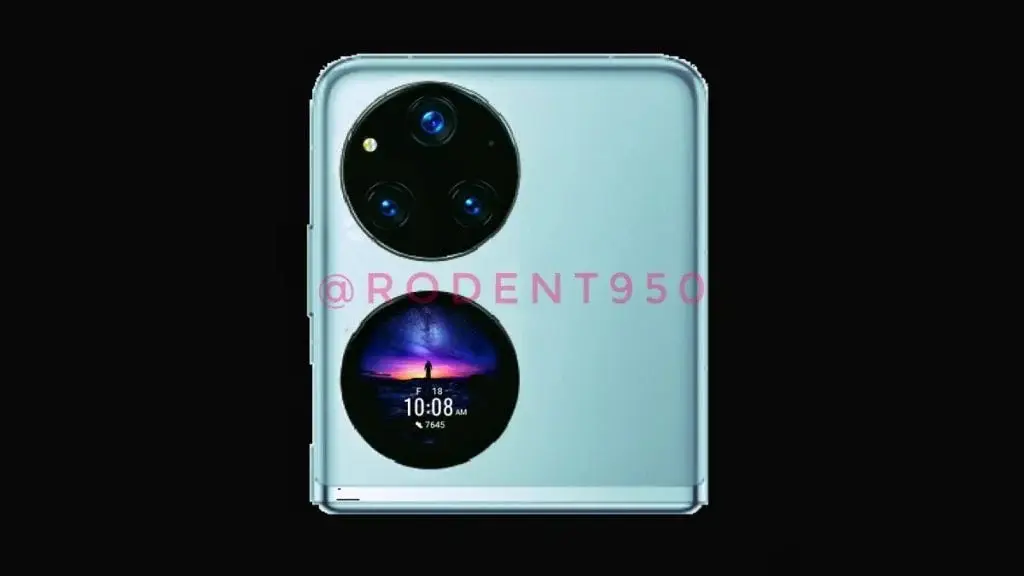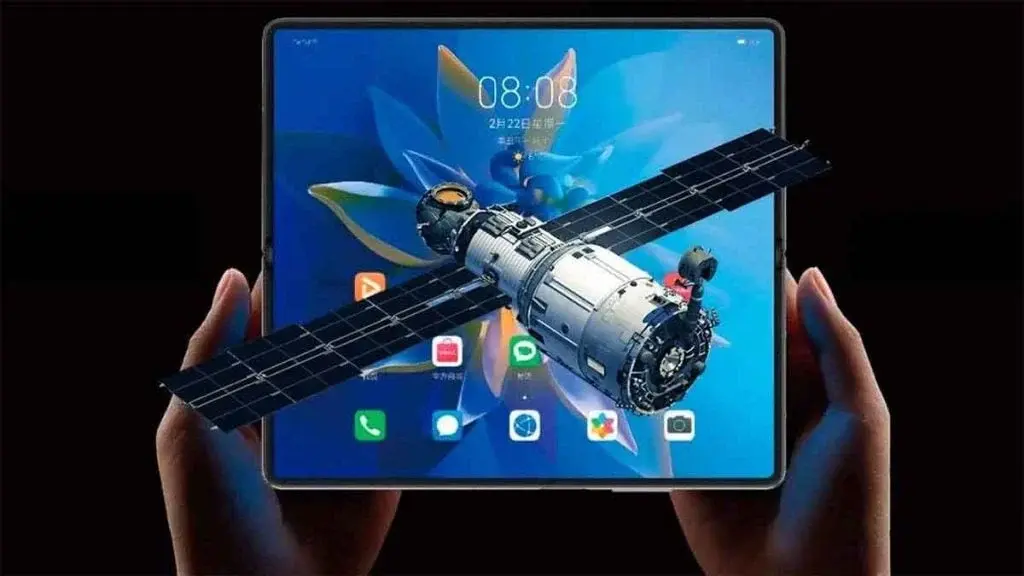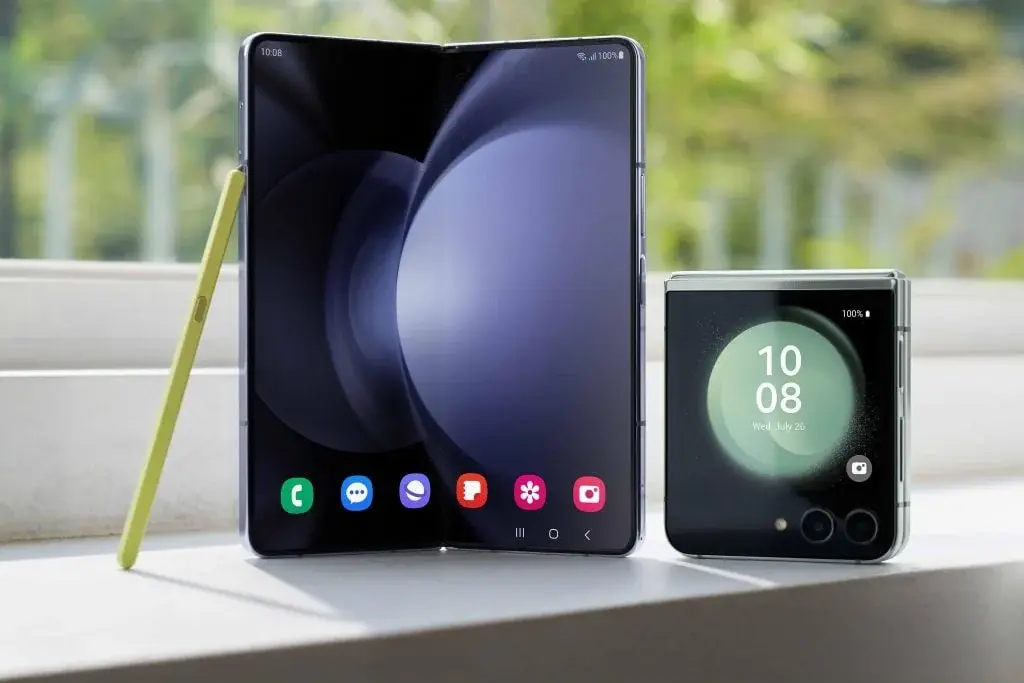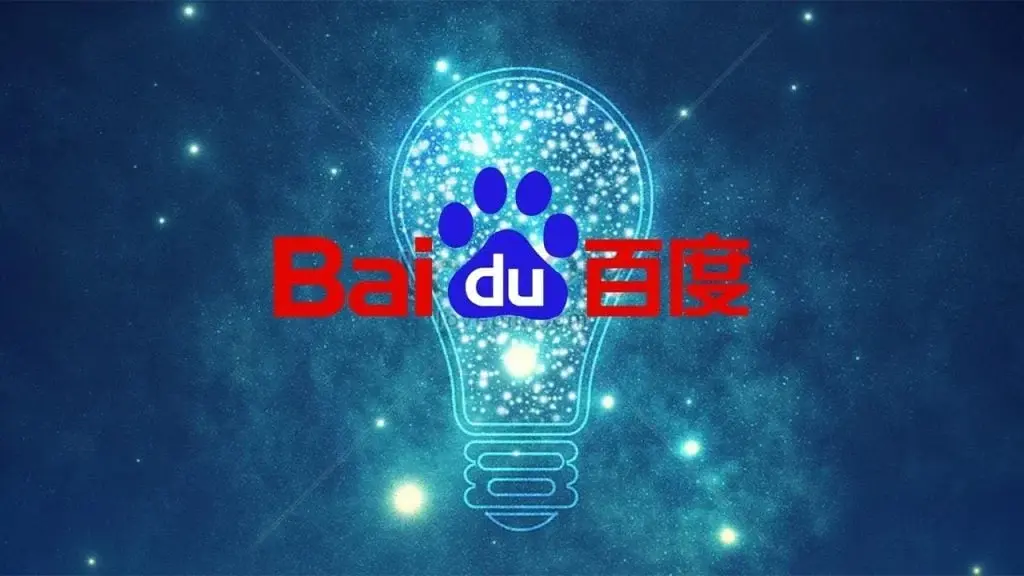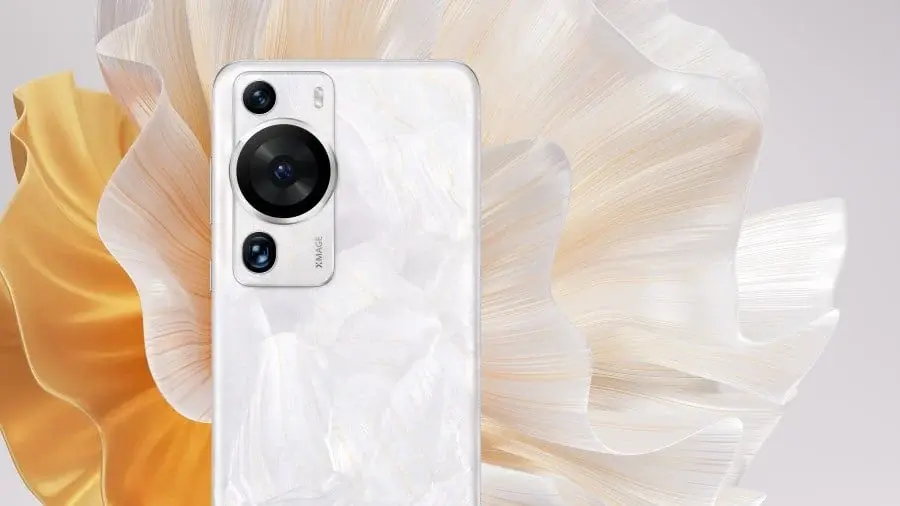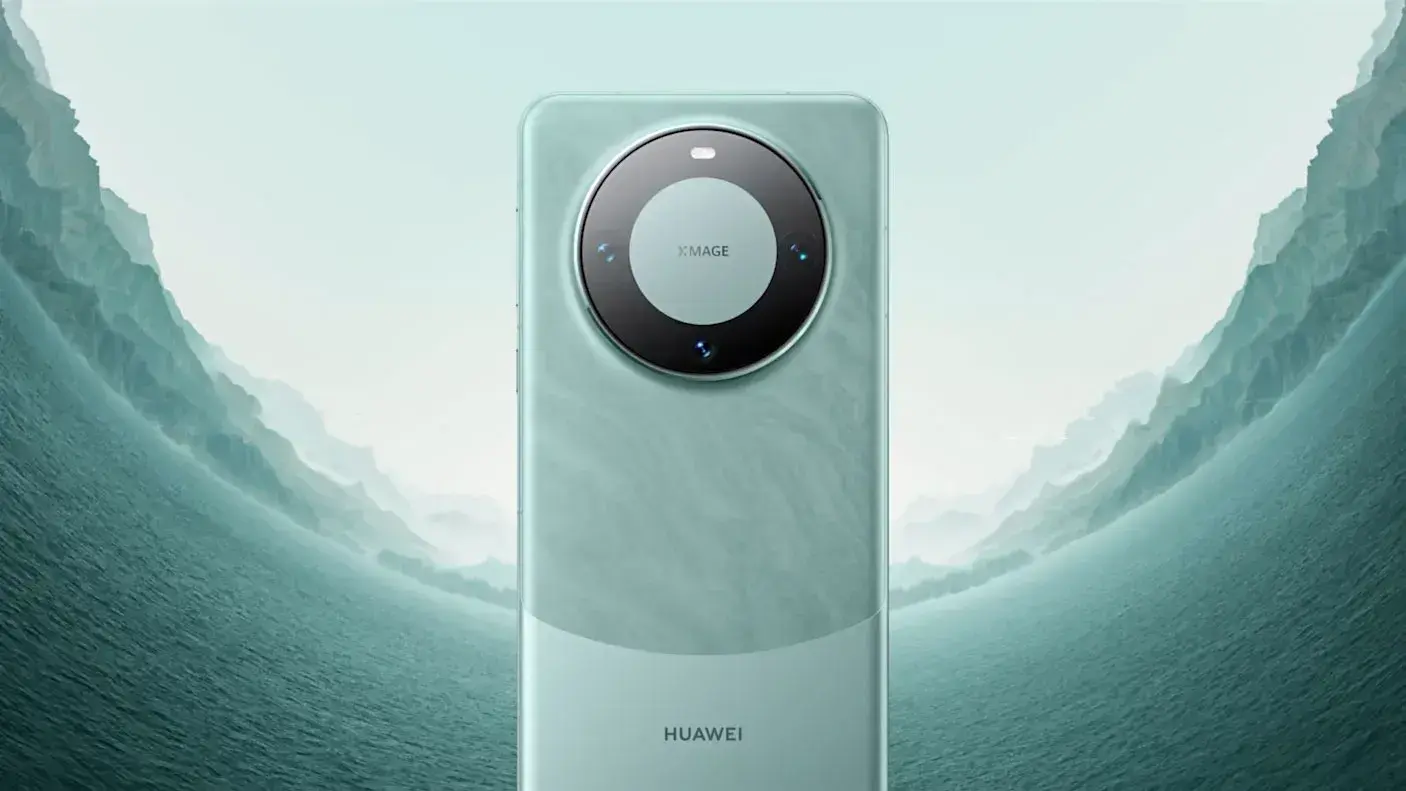Huawei Pocket S2 Leaks Reveal Design and Launch Details
Huawei, known for its innovative smartphones, is set to launch another foldable device under its Pocket series. The company has previously released two flip-style foldable phones, the P50 Pocket in December 2021 and the Pocket S in November 2022. Now, leaks have surfaced showcasing the design of the upcoming Huawei Pocket S2 and providing some insights into its features.
Huawei Pocket S2 Design
According to leaked renders shared by tipster Teme, the Pocket S2 is expected to maintain the design language of its predecessors. The device will feature two circular camera modules on the rear. The first module will house three cameras and an LED flash, with a camera layout reminiscent of the Honor Magic 6 series.
The second module on the back will serve as a secondary display, showing various information such as notifications. On the right side of the device, a volume rocker can be found, and it is likely that this side will also incorporate a fingerprint sensor.
Rumored Launch Timeframe
Chinese leaker and tipster Teme suggests that the Huawei Pocket S2, codenamed LEM, is set to launch in December. It is speculated that the Nova 12 series, alongside the Pocket S2, will also make its debut. There are rumors that the launch event may take place in the second week of the month.
Specifications
Not much is known about the specifications of the Huawei Pocket S2 at this point. However, it is speculated that the device may be equipped with Huawei's upcoming Kirin 8-series chipset.
Additionally, Huawei is also working on the Nova 12 and Nova 12 Pro smartphones for the Chinese market. The standard Nova 12 model is rumored to feature the forthcoming Kirin 830 chip, while the Pro model may come with the Kirin 9000s SoC. It is likely that the Huawei Pocket S2 and Nova 12 series will be unveiled at the same launch event.
As the leaks continue to surface, Huawei fans and tech enthusiasts are eagerly awaiting more information about the Pocket S2 and its features. Stay tuned for further updates on this highly anticipated foldable device.

